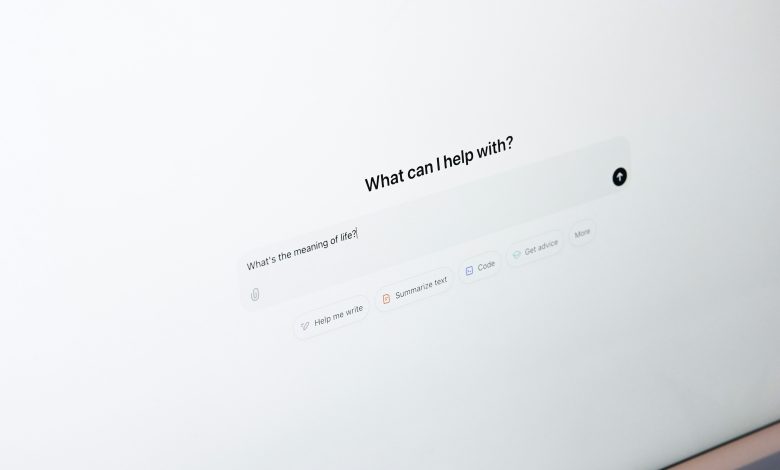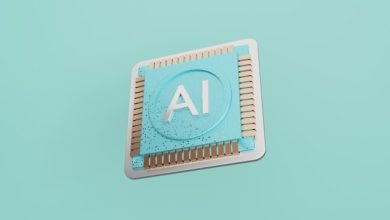
We’ve all been there. Nothing in the fridge, no energy to cook, and the pull of a takeaway creeping in.
But this time, I didn’t tap an app. I asked an AI agent to order me a pizza.
It sounds simple, but the implications are anything but. Delegating a task to AI isn’t just about saving time; it changes the whole experience. Once a system acts on your behalf, your sense of choice, control, and even comfort shifts.
Ordering food is deeply human, all tied to emotion, routine, and personal preference. Yet it’s become a testbed for something much bigger: AI agents capable of acting end to end. Seamlessly, autonomously, and maybe even a little unsettlingly.
No app. Minimal clicks. No forms. Just a single instruction in agent mode: “Order a pizza from Cavello’s.” All I had to do was log into my Wolt account.
Twenty minutes later, the delivery driver appeared. What stood out wasn’t just the pizza, but how effortlessly the agent had managed the whole process, from finding the restaurant to confirming delivery.
A small moment, sure. But it revealed a much bigger shift in how we experience digital services.
Beyond the App Icon
For over a decade, digital transformation has often meant: build another app. Delivery app, banking app, fitness app. Each service lived behind its own icon. But after the pizza experiment, apps could be heading the way of pineapple on pizza – not needed.
AI agents don’t need icons or menus. They translate intent into action, collapsing multiple steps into one. The design challenge is no longer “what should this screen look like?” but “how should an intelligent system interpret and act on what a human actually wants?”
And what users want isn’t fixed. It shifts depending on their situation. They can be tired on a Friday night, curious to try something new, or anxious about time. Which is why UX design in the age of AI must move from designing for personas to designing for mindsets.
Designing for Mindset, Not Personas
Personas have long been a cornerstone of UX. But demographics don’t explain why someone orders pizza at 7pm on a Friday. Context and state of mind do.
Was I rushed, lazy, or craving comfort? Each mindset would have changed what a “successful” order looked like. And that flexibility applies everywhere: a traveller, relaxed at the start of a holiday, has very different needs from the same traveller panicked by a flight cancellation.
This is the UX challenge of AI agents: to design for human states of mind that shift moment to moment. Success depends less on serving “Paul, 44, lives in a rural area” and more on recognising the fluid motivations and emotions that drive decisions in real time.
Trust Is Built on Friction
As the agent worked on getting my Margherita ordered, it put on a bit of pre-dinner entertainment. It showed itself opening a desktop, clicking menus, narrating each step: “I’m ordering now,” “Your delivery is confirmed.” It was designed to reassure me. “Look, I’m just like you.”
That transparency matters. It shows users what’s happening and helps them feel in control. But during this, I had another thought – “this feels too slick”. It’s almost too good to be true. An overly seamless process risks making people feel manipulated rather than empowered.
This is where friction becomes a design feature. A well-timed pause, a request for confirmation, or a visible step builds trust. It reminds us we’re part of the process. That we are in control.
AI shouldn’t be used to iron out every crease in the user experience. Design it to add the right bumps in the right places.
More Than a Pizza Problem
If an AI can order dinner, it can book a holiday, adjust insurance, or even manage healthcare appointments. Each of those carries higher stakes and bigger risks.
Interfaces are no longer limited to screens, journeys aren’t linear, and user expectations are evolving faster than most organisations can design for them. That means things can go wrong. And if a consumer is expecting to put trust in your systems on those bigger decisions than their dinner, then you need to be getting them right.
For designers, that means learning new skills. We’ll need to design not only what users see, but also how invisible systems behave: when to act, when to wait, and when to step aside.
The Final Slice
When my pizza arrived, I realised the real story wasn’t about food. It was about the future of digital experience.
AI is no longer something we “use” in isolation. It’s becoming an everyday companion that shapes how we interact with the world around us. The task for UX designers is to ensure those interactions remain meaningful, trustworthy, and sometimes a bit “bumpy”.
As for the pizza. As always, deliziosa. Grazie mille, Calvello’s.





